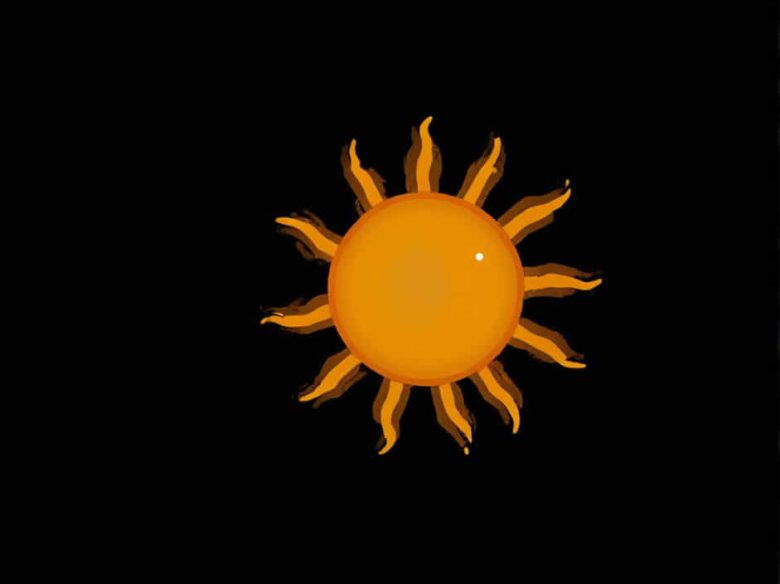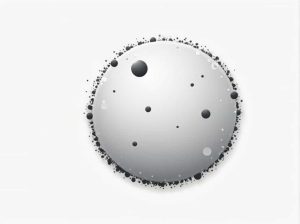The Hertzsprung-Russell (H-R) diagram is a fundamental tool in astronomy, helping scientists classify stars based on their brightness and temperature. But where does our Sun fit in this diagram? Understanding the Sun’s position on the H-R diagram gives us insight into its life cycle, energy output, and future evolution.
What Is the Hertzsprung-Russell Diagram?
The Hertzsprung-Russell diagram is a graph that plots stars according to:
- Luminosity (brightness) – Measured in comparison to the Sun’s brightness.
- Surface Temperature – Measured in Kelvin (K), with hotter stars appearing blue and cooler stars appearing red.
This diagram helps astronomers identify different types of stars and understand how they evolve over time.
Where Is the Sun Located on the H-R Diagram?
The Sun is classified as a main sequence star, meaning it is in the stable phase of its life cycle, where it converts hydrogen into helium through nuclear fusion.
- The Sun has a surface temperature of about 5,778 K.
- It has a luminosity of 1 solar unit (since it is used as a reference for other stars).
- It falls in the G-type main sequence (G2V) category.
On the H-R diagram, the Sun is located near the middle, along the main sequence band that stretches diagonally from the top left (hot, bright stars) to the bottom right (cool, dim stars).
Why Is the Sun a Main Sequence Star?
Stars spend most of their lives in the main sequence phase, where they maintain a balance between gravitational forces pulling inward and nuclear fusion pushing outward. The Sun is currently about 4.6 billion years old and will remain in the main sequence for approximately another 5 billion years before evolving.
How Does the Sun Compare to Other Stars?
The Sun is neither the hottest nor the coolest star. Compared to other types of stars:
-
Hotter and Brighter Stars (O-type, B-type)
- These stars are massive, blue, and short-lived.
- They shine thousands of times brighter than the Sun but burn out quickly.
-
Cooler and Dimmer Stars (K-type, M-type, Red Dwarfs)
- These stars are smaller and cooler, with much lower brightness.
- They can burn for billions or even trillions of years.
The Sun is considered an average-sized star, making it stable and long-lasting.
What Will Happen to the Sun in the Future?
Like all stars, the Sun will eventually leave the main sequence. Here’s what will happen:
- Red Giant Phase – In about 5 billion years, the Sun will expand into a red giant, engulfing Mercury, Venus, and possibly Earth.
- White Dwarf Formation – After shedding its outer layers, the core will remain as a white dwarf, a small but dense remnant.
- Cooling and Fading – Over billions of years, the white dwarf will cool and become a black dwarf, no longer emitting light.
Why Is the H-R Diagram Important?
The Hertzsprung-Russell diagram helps astronomers:
- Understand stellar evolution and predict the future of stars.
- Compare the Sun to other stars in the galaxy.
- Identify exoplanet-hosting stars that could have habitable planets.
The Sun lies in the main sequence of the Hertzsprung-Russell diagram, making it a stable, middle-aged star. It plays a crucial role in supporting life on Earth and will continue shining for billions of years. Understanding the Sun’s place on the H-R diagram helps us learn more about the universe and our place within it.



